If you’ve been out on the trails in the last few years you’ve probably noticed something: it’s crowded out there. Hiking has really grown in popularity recently. Some people point to Instagram, others say it’s just part of a trend towards different types of outdoor fitness. Either way, I think it’s a good thing that more people are getting outdoors since nature is for everyone. However, encountering tons of people on a trail may not be why you’re going – if you’re like me one of the reasons you go hiking is to enjoy solitude and the sounds of nature. The good news is that there are lots of ways to avoid crowded hiking trails. Here are my tips for finding solitude on the trails.
Hey there: Some of the links in this post are affiliate links, which means I earn a small commission at no cost to you. Thanks for your support. -Taryn
This is a sensitive wilderness area. Learn how to Leave No Trace to keep the wilderness wild. Make sure you are prepared by bringing the 10 Essentials. Get ready for adventure with this checklist of things to do before every hike.
Skip Weekends and Holidays
If you’ve got time off during the week, use it to go for a hike. The trails are practically deserted. If you can’t get weekdays off work, chances are you at least have your evenings free. One of my favourite times to hike is weeknights after work. Just don’t forget your headlamp!
Avoid the Most Popular Hikes in Your Area
If you’ve spent any time on social media, you’ve probably seen the same 5 local hikes pop up in your feed over and over again. They’re popular for a reason: they’re gorgeous. But they’re going to be full of people. If you want quiet trails, avoid them. (For a list of crowded trails to avoid in the Vancouver area have a look at my list of the most Instagrammed hikes. Some of these will be a lot less busy on weekdays, but they definitely are not the place to go for some alone time.)
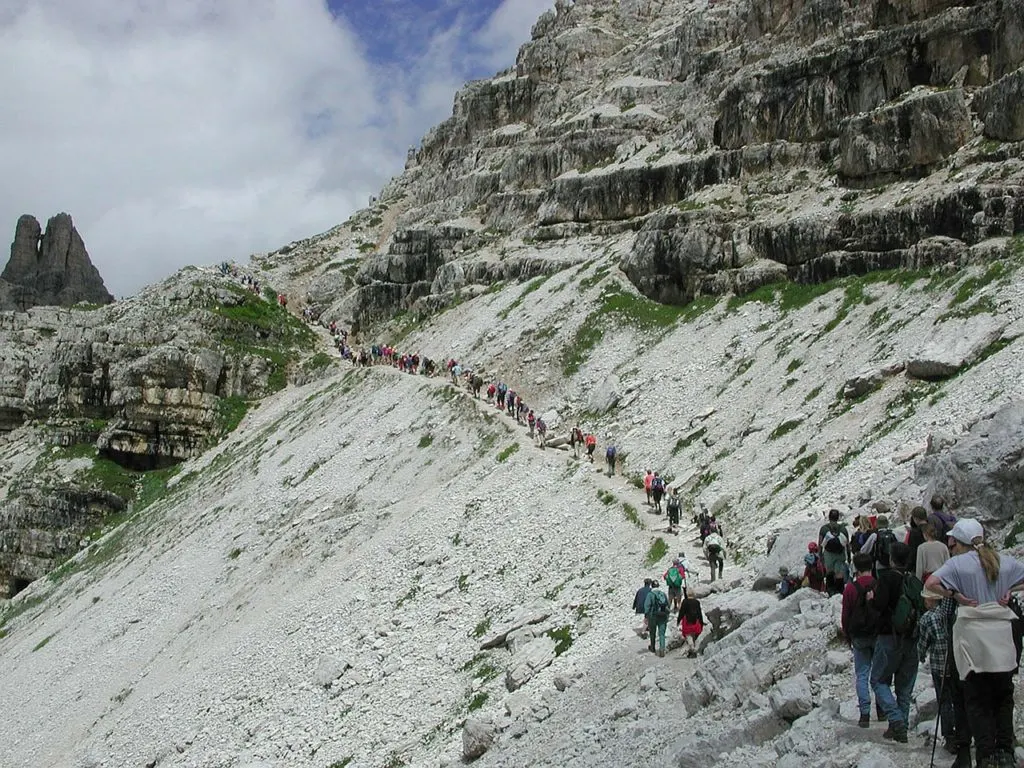
Grab a Guidebook
Unlike social media or click bait websites, guidebooks don’t just focus on the top 10 most popular (and Instagrammable) hikes. Guide books often contain dozens of hikes. Not all of them will be as scenic as the the popular hikes, but most of them will be worthwhile. I like guidebooks since they provide a curated hiking experience: the author went out and hiked tons of trails, then chose only some of them to include in his or her book. Once you find a guidebook author who has the same taste in trails as you, you have a big list of hikes to do. For years my favourite guidebook for Vancouver has been 103 Hikes in Southwestern British Columbia. There’s a new edition of that book out now called 105 Hikes in and Around Southwestern British Columbia, and it’s written by my friend Stephen Hui! It includes a bunch of off-the-beaten-path hikes along with lots of perennial favourites.
Go Early
Most hikers make it to the trailhead around 10am. If you go earlier than that, you probably won’t encounter many hikers until you are on your way back. If you’re super keen, take a headlamp and start your hike in the pre-dawn hours so you can catch the sunrise from a mountain top.
Stay Out Late
The trails are most crowded in the middle of the day, but people start to clear out by around 5pm. I guess everyone just wants to get home for dinner? In the summertime it doesn’t get dark until quite late so bring a picnic and have your dinner on the trail, then enjoy your hike back to the car in solitude. At other times of the year, head out for a night hike with a headlamp.
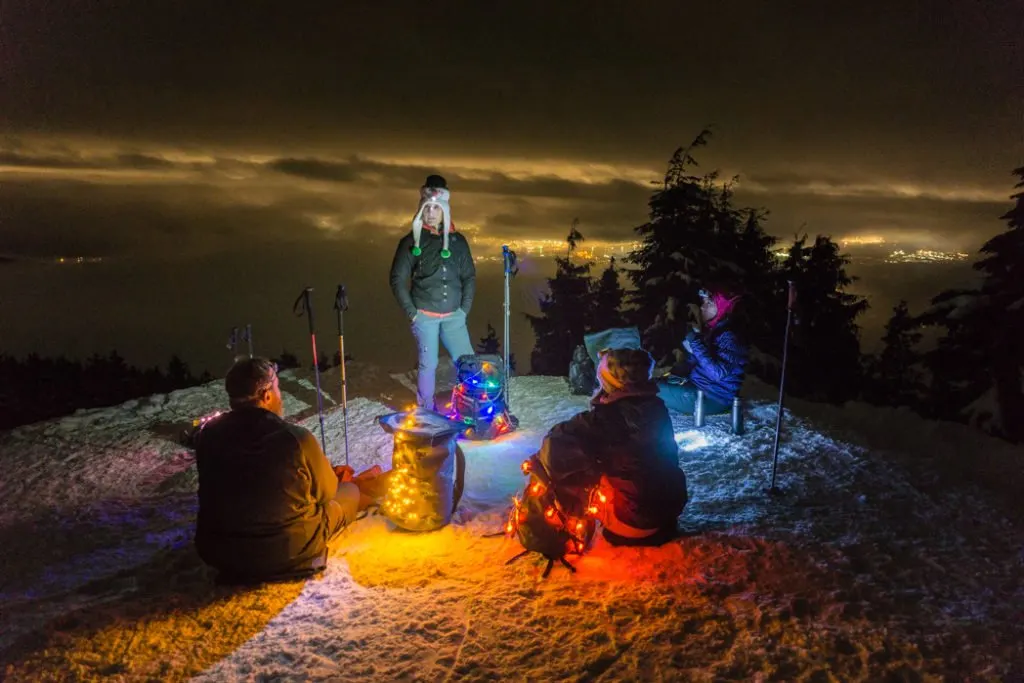
Hike in All Four Seasons
A lot of people think of hiking as a summer activity and that’s when trails are the busiest. If you get out on the trails in spring and fall, you’ll find way less people. In winter the popular snowshoe trails can be busy, but low elevation hiking trails are often super empty.
Stay Overnight
Even if a trail is busy during the day, only a tiny fraction of hikers will opt to camp. Backpacking trips can be a great way to avoid the crowded trails since you get relative solitude in the evening once all the day hikers leave. (And in the morning before they arrive.) Most backcountry campgrounds are fairly small so at worst you’ll have the share the area with a few dozen other people… and they’re probably seeking solitude too.
Don’t Be Afraid of Bad Weather
There’s nothing like a little drizzle or fog to scare away the crowds. Even if the day just calls for a tiny bit of rain, I find that the trails are much less crowded. (Plus sometimes the sun comes out after the rain.) If you’re prepared with rain gear, a bad weather hike is a great way to find quiet trails.
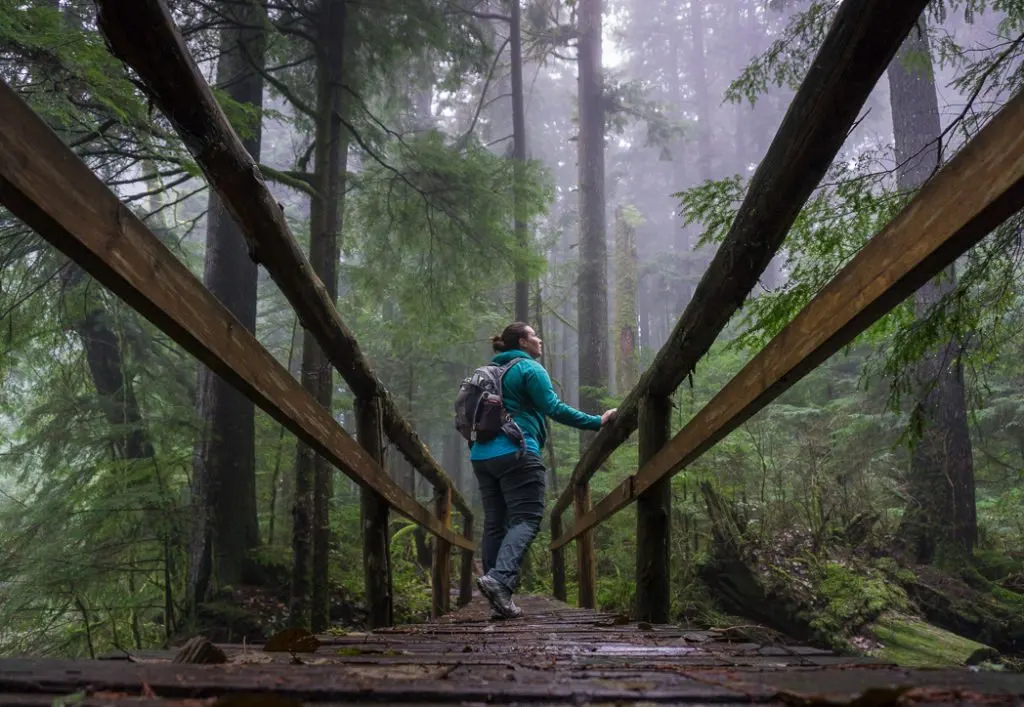
Avoid Easy Trails
The easiest trails are great for all kinds of hikers including beginners and families. And since lots of types of hikers can hike easy trails, they all do. All at once. Easy trails are crowded! In contrast, only fitter, more experienced hikers can tackle difficult trails. And since there are fewer experienced hikers, difficult trails are much quieter.
Don’t Hike Short Trails
Just like easy trails, short trails get crowded since most people have time for an hour or two on the trail. But once you start looking at hikes that take more than 6 or 8 hours to complete, the crowds really thin out.
Find an Alternate Route
You can get to some popular destinations by more than one trail. The main route is usually super busy, but the alternate routes are often nearly deserted. (Of course you’ll have to deal with the masses when you get to your destination, but perhaps the quiet on the way there will be worth it?) Pick up a trail map and see if you can find another way to get to your favourite spot.
Look at a Map
You don’t have to follow turn by turn hike directions set out on a trail app or in a guidebook. You can plan your own route. I like to do loop hikes so I often use maps to plot out my own route. Openstreetmap.org is a great online resource for maps. They don’t have every single trail, but in areas close to cities they come pretty close. Also watch out for phantom trails – sometimes there will be trails shown on the map and when you get there, there’s no actual trail on the ground. The risks of open source mapping! (Tip: Toggle the “cycling” layer on to see elevation contours.) I like to hike with a paper map on the trail, especially in an unfamiliar area. Head to MEC or REI and see what trail maps they have for your area. Amazon has some great options too. (Tip: Choose dedicated trail maps where possible instead of government issued topographic maps. Topo maps are great for off-trail navigation but they aren’t updated often enough to show all the trails.)
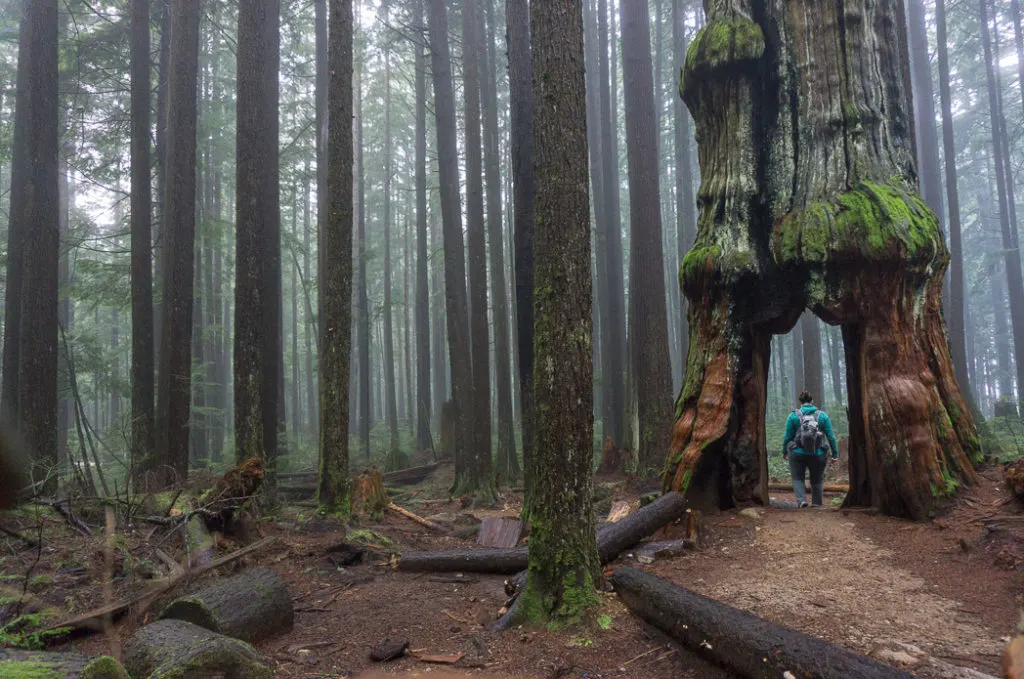
Pick a Theme for Your Hikes
A great way to discover new trails (and to keep your hikes interesting) is to pick a theme, find all the local hikes that fit your theme, then tick them off one by one. Some of the hikes will be popular busy ones, but lots are bound to be hidden gems with no crowds. Here are some hike theme ideas to get you started: hikes to big trees, trails to waterfalls, hikes to lakes you can swim in, hiking up every single peak in one park, etc. (I actually started a project like this a few years ago: I wanted to hike to the top of every single mountain on Vancouver’s North Shore. I didn’t make all the summits, but I did learn a lot about North Shore trails… and myself.) The best way to find all the hikes for your theme is to look at maps. For Canada I love the Backroad Mapbook series. For America I like DeLorme’s state specific atlases.
Get Out of Town
Hikes that are close to the city are often the most popular since they are easy to get to. If you drive more than an hour outside of town, the crowds really thin out. Better yet, drive a couple hours further. Or go away for the weekend: lots of small towns have great hiking and far fewer hikers. From Vancouver, consider heading to the Gulf Islands, Pemberton, Sechelt or Kamloops for a weekend hiking get away. (Some of my favourite areas are Galiano Island in the Gulf Islands and Wells Gray Park near Kamloops.)
Drive a 4×4
Many great hikes are located off logging roads. When the trails were first built the roads were active and easily navigated by regular cars, but over time the roads fall into disuse, aren’t maintained and become nearly impossible to navigate with a regular car. If you’ve got a 4×4 (or can make friends with someone who does), lots more hikes will suddenly be available to you. To find hikes accessible by 4 wheel drive, the Backroads Mapbooks are awesome.
How do you avoid crowded hiking trails? Tell me in the comments.
READ NEXT:
- 5 Tips for Hiking in the Rain
- The 10 Essentials: Things You Should Bring on Every Hike
- 16 Things to do Before a Hike
- My Favourite Hiking Gear of 2025 - December 9, 2025
- Best Insulated Skirts For Hiking and Snowshoeing in 2026 - December 5, 2025
- Snow-Free Hikes in Vancouver: 50+ Year-round Trails - December 4, 2025

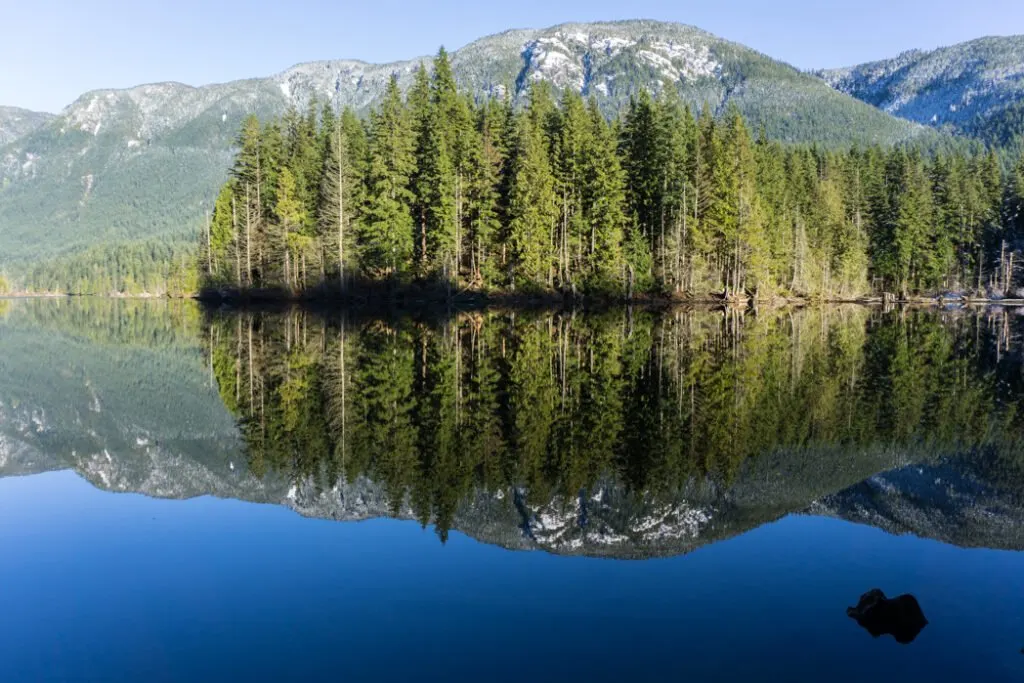
Gabriela
Tuesday 22nd of March 2022
I enjoy more the quiet trails so I think this article is awesome, thank you for sharing.
Anish Gurung
Friday 30th of March 2018
Good to know about your feelings. Me as a trek guide, travelling with clients is also wonderful. We can share many information regarding our nation pride and culture. We can exchange the knowledge about the livings while steping each highland. It was always been a memorable to make clients adventurous more interesting and joyful. I will always look for the smile on my clients’s face in my journey.
Josy A
Wednesday 28th of March 2018
I love all these tips. I don't mind if I see other walkers in the trails (unless they are obnoxiously dropping litter or listening to loud music!!)
But I do also love seeing quiet trails. I find on the harder trails I see far fewer people until you reach a peak...but there always seem to be folks at the high points!
I totally agree about hiking after work or in the rain! It's sooo much quieter!